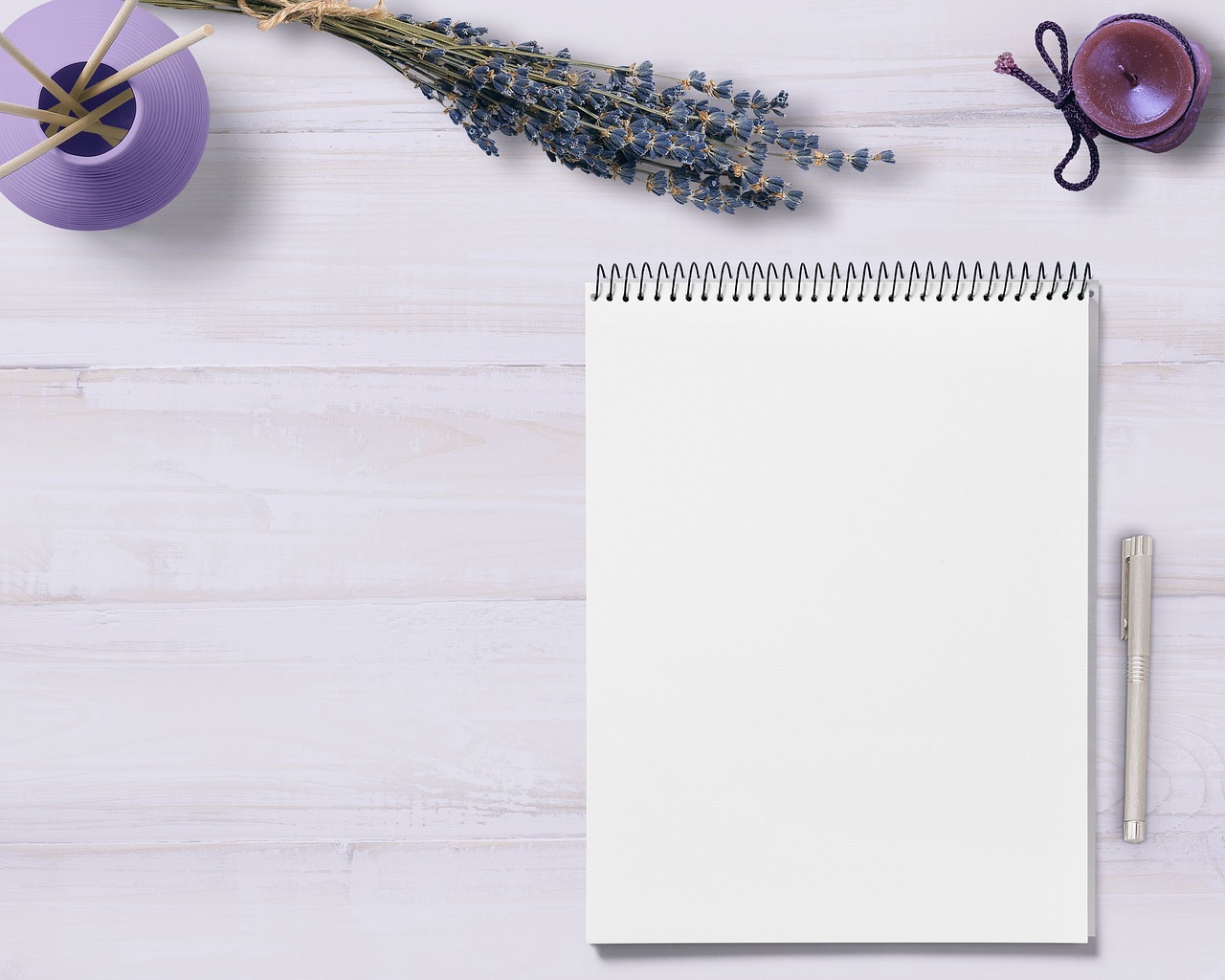introduction
Vellum, a type of paper renowned for its distinctive texture and appearance, has captivated people for centuries. Traditionally made from calf or sheep skin, it has been used for religious texts and artistic creations. Modern vellum, often made from plant-based materials, continues to exude its classic charm. Let’s dive into the world of vellum paper to uncover its history, characteristics, and varied uses.
The History of Vellum
- Ancient Origins: Vellum’s roots trace back to ancient Egypt, where papyrus was the primary writing material. However, the demand for a more durable and flexible surface led to the development of parchment, made from animal skins. Over time, parchment evolved in it, characterized by its finer quality and smoother finish.
- Medieval Manuscripts: The Middle Ages witnessed the golden age of vellum. Monasteries became centers of it’s production, employing skilled scribes to create illuminated manuscripts, Bibles, and other religious texts. The delicate nature and the intricate artistry involved in its decoration made these manuscripts prized possessions.
- Modern Revival: With the advent of papermaking, its popularity declined.
However, in recent years, there has been a resurgence of interest in this timeless material. Advances in paper technology have enabled the creation of high-quality and it’s alternatives, making it accessible to a wider audience.
Characteristics of Vellum Paper
- Texture and Appearance: It features a smooth, slightly translucent surface, typically with a warm ivory hue, though it can also come in white or off-white shades.The thickness of paper varies, but it is generally heavier than standard paper, lending it a luxurious feel.
- Durability: One of the most prized qualities is its durability. It is resistant to tearing and aging, ensuring that documents and artwork created on vellum can withstand the test of time.
- Ink Compatibility: It is compatible with various ink types, including fountain pen ink, ballpoint pen ink, and calligraphy ink. However, choosing inks that won’t bleed through the paper is essential.
Applications of Vellum Paper
- Stationery and Invitations: It exudes elegance and sophistication, making it an ideal choice for wedding invitations, announcements, and other formal correspondence. Its luxurious texture and timeless appeal create a lasting impression.
- Bookbinding and Paper Conservation: Its durability and archival qualities make it a preferred material for bookbinding and paper conservation. It provides excellent support for delicate documents and artwork.
- Decorative Purposes: It can add a touch of refinement to home decor. It can create unique wall art, lampshades, and other decorative items.
Why Choosing and How Caring?
- Types: When selecting a paper, consider the project you have in mind. Modern alternatives to traditional vellum offer the same characteristics without using animal skin, addressing ethical concerns.
- Weight and Texture: The weight of vellum paper affects its opacity and handle. Choose a weight that suits your project’s requirements.
- Care and Storage: To preserve the beauty of vellum paper, store it in a cool, dry place, protected from light and moisture. Avoid using acidic or harsh chemicals that could damage the paper.
Conclusion
Vellum paper, with its rich history and enduring appeal, continues to captivate hearts and minds. Its timeless elegance, versatility, and historical significance provide endless possibilities for creativity and expression. By understanding its characteristics and care requirements, you can fully appreciate and utilize this extraordinary material.

